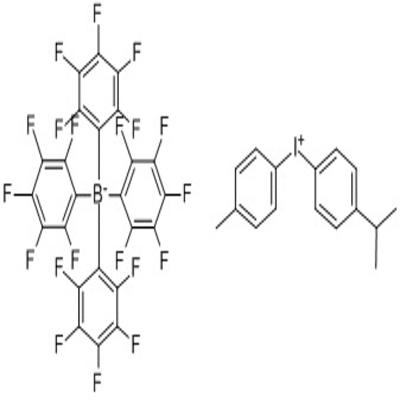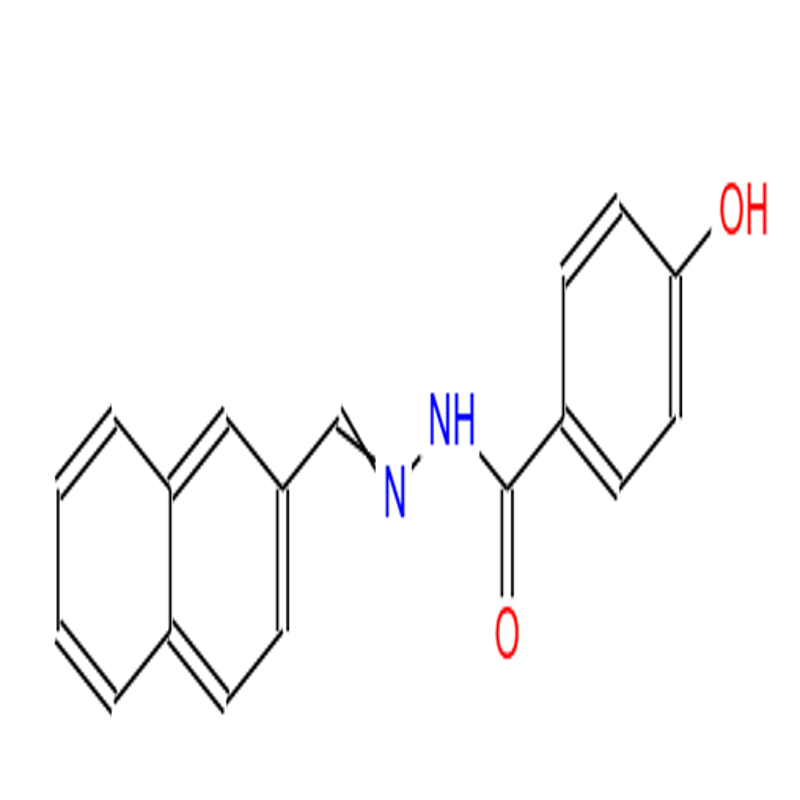-
Categories
-
Pharmaceutical Intermediates
-
Active Pharmaceutical Ingredients
-
Food Additives
- Industrial Coatings
- Agrochemicals
- Dyes and Pigments
- Surfactant
- Flavors and Fragrances
- Chemical Reagents
- Catalyst and Auxiliary
- Natural Products
- Inorganic Chemistry
-
Organic Chemistry
-
Biochemical Engineering
- Analytical Chemistry
-
Cosmetic Ingredient
- Water Treatment Chemical
-
Pharmaceutical Intermediates
Promotion
ECHEMI Mall
Wholesale
Weekly Price
Exhibition
News
-
Trade Service
2-(Tributylstannyl)pyrazine is an organic compound that is commonly used as a catalyst in chemical reactions.
The production process of 2-(Tributylstannyl)pyrazine involves several steps, which are outlined below.
Step 1: Preparation of Pyrazine
The first step in the production of 2-(Tributylstannyl)pyrazine is the preparation of pyrazine.
Pyrazine is prepared by reacting ammonia and hydrogen cyanide in the presence of a catalyst, such as iron or copper.
This reaction is exothermic and produces a colorless gas that is condensed and distilled to produce pure pyrazine.
Step 2: Chlorination of Pyrazine
In the second step, pyrazine is chlorinated to produce 2-chloropyrazine.
This reaction is typically carried out in the presence of a solvent, such as carbon tetrachloride or chloroform, and a catalyst, such as thallium or mercury.
The reaction is exothermic and produces a yellow-green gas that is collected and distilled to produce pure 2-chloropyrazine.
Step 3: Dehydrochlorination of 2-Chloropyrazine
In the third step, 2-chloropyrazine is dehydrochlorinated to produce 2-hydroxy-4-methylpyrazine.
This reaction is typically carried out in the presence of an acid catalyst, such as sulfuric acid or phosphoric acid, and a solvent, such as water or ethanol.
The reaction is exothermic and produces a colorless liquid that is collected and distilled to produce pure 2-hydroxy-4-methylpyrazine.
Step 4: Nucleophilic Substitution
In the fourth step, 2-hydroxy-4-methylpyrazine is subjected to nucleophilic substitution to produce 2-hydroxy-5-methylpyrazine.
This reaction is typically carried out in the presence of a strong base, such as sodium hydroxide or potassium hydroxide, and a solvent, such as water or ethanol.
The reaction is exothermic and produces a colorless liquid that is collected and distilled to produce pure 2-hydroxy-5-methylpyrazine.
Step 5: Halogenation of 2-Hydroxy-5-Methylpyrazine
In the fifth step, 2-hydroxy-5-methylpyrazine is halogenated to produce 2-bromo-5-methylpyrazine.
This reaction is typically carried out in the presence of a solvent, such as carbon tetrachloride or chloroform, and a halogenating agent, such as N-bromosuccinimide or N-chlorosuccinimide.
The reaction is exothermic and produces a yellow-green gas that is collected and distilled to produce pure 2-bromo-5-methylpyrazine.
Step 6: Halogenation of 2-Bromo-5-Methylpyrazine
In the sixth step, 2-bromo-5-methylpyrazine is further halogenated to produce 2-(Tributylstannyl)pyrazine.
This reaction is typically carried out in the presence of a solvent, such as carbon tetrachloride or chloroform, and a halogenating agent, such as N-bromosuccinimide or N-chlorosuccinimide.
The reaction is exothermic and produces a yellow-green gas that is collected and distilled to produce pure 2-(Tributylstannyl)pyrazine.
The production







